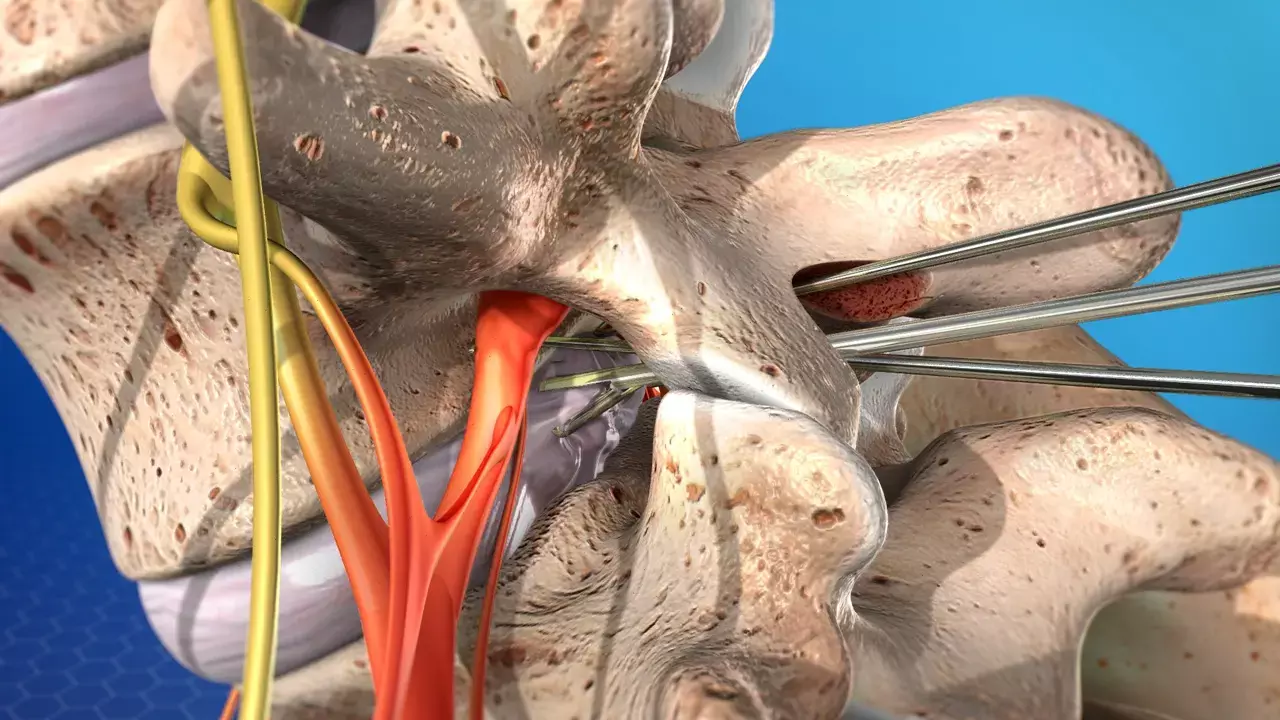- Home
- Medical news & Guidelines
- Anesthesiology
- Cardiology and CTVS
- Critical Care
- Dentistry
- Dermatology
- Diabetes and Endocrinology
- ENT
- Gastroenterology
- Medicine
- Nephrology
- Neurology
- Obstretics-Gynaecology
- Oncology
- Ophthalmology
- Orthopaedics
- Pediatrics-Neonatology
- Psychiatry
- Pulmonology
- Radiology
- Surgery
- Urology
- Laboratory Medicine
- Diet
- Nursing
- Paramedical
- Physiotherapy
- Health news
- Fact Check
- Bone Health Fact Check
- Brain Health Fact Check
- Cancer Related Fact Check
- Child Care Fact Check
- Dental and oral health fact check
- Diabetes and metabolic health fact check
- Diet and Nutrition Fact Check
- Eye and ENT Care Fact Check
- Fitness fact check
- Gut health fact check
- Heart health fact check
- Kidney health fact check
- Medical education fact check
- Men's health fact check
- Respiratory fact check
- Skin and hair care fact check
- Vaccine and Immunization fact check
- Women's health fact check
- AYUSH
- State News
- Andaman and Nicobar Islands
- Andhra Pradesh
- Arunachal Pradesh
- Assam
- Bihar
- Chandigarh
- Chattisgarh
- Dadra and Nagar Haveli
- Daman and Diu
- Delhi
- Goa
- Gujarat
- Haryana
- Himachal Pradesh
- Jammu & Kashmir
- Jharkhand
- Karnataka
- Kerala
- Ladakh
- Lakshadweep
- Madhya Pradesh
- Maharashtra
- Manipur
- Meghalaya
- Mizoram
- Nagaland
- Odisha
- Puducherry
- Punjab
- Rajasthan
- Sikkim
- Tamil Nadu
- Telangana
- Tripura
- Uttar Pradesh
- Uttrakhand
- West Bengal
- Medical Education
- Industry
Surgery may improve neck disability index in cervical radiculopathy patients, suggests study

A new study published in The New England Journal of Medicine Evidence showed that surgery significantly improved the Neck Disability Index (NDI) after 12 months in individuals with cervical radiculopathy when compared to nonsurgical therapy for disc herniation.
Cervical radicular syndrome (CRS) may result in sensory and motor impairments as well as invalidating radicular discomfort. Most patients have a gradual reduction in symptoms over the course of a few weeks, allowing them to resume their regular daily activities. There are several disagreements on whether to do diagnostic tests, when to refer specialists, and when to perform surgery for a cervical cervical hernia nuclei pulposus (HNP).
The majority of cervical disc protrusions resolve on their own without surgery, according to indirect data. Surgery may be considered if the problems do not go away on their own in a fair amount of time. An anterior discectomy followed by anterior spinal nerve decompression is the standard surgical procedure.
A total of 180 patients with incapacitating radicular arm pain and cervical disc herniation (trial 1; n = 89) or spondylosis (trial 2; n = 91) confirmed by magnetic resonance imaging or computed tomography participated in 2 randomized clinical trials at Oslo University Hospital in Norway. A 1:1 random assignment system was used to allocate patients to either surgery or nonsurgical therapy.
Anterior cervical discectomy and fusion were the surgical procedures. 3 appointments with physical medicine/rehabilitation doctors and three sessions with physiotherapists for cognitive behavioral and functional assistance comprised the nonsurgical therapy. The NDI score, which patients self-reported at 12 months and ranged from 0 to 100 (higher scores indicate greater impairment; the smallest meaningful difference is 15), was the main endpoint in both studies.
The average difference in NDI adjusted for baseline was 7.4 in favor of surgical therapy among the 87 participants in the 12-month data disc herniation study. The mean difference in NDI corrected for baseline was 2.3 among the 88 participants in the 12-month data set of the spondylosis experiment.
2 patients from the nonsurgical group switched to surgery in the disc herniation experiment. 11 individuals in the nonsurgical group switched to surgery in the spondylosis study. No significant adverse effects occurred. Overall, this study observed a statistically significant difference in NDI at 12 months between surgical and nonsurgical therapy for patients with cervical radiculopathy.
Reference:
Taso, M., Sommernes, J. H., Sundseth, J., Pripp, A. H., Bjorland, S., Engebretsen, K. B., Kolstad, F., Zwart, J. A., & Brox, J. I. (2025). Surgical versus nonsurgical treatment for cervical radiculopathy. NEJM Evidence, 4(4), EVIDoa2400404. https://doi.org/10.1056/EVIDoa2400404
Neuroscience Masters graduate
Jacinthlyn Sylvia, a Neuroscience Master's graduate from Chennai has worked extensively in deciphering the neurobiology of cognition and motor control in aging. She also has spread-out exposure to Neurosurgery from her Bachelor’s. She is currently involved in active Neuro-Oncology research. She is an upcoming neuroscientist with a fiery passion for writing. Her news cover at Medical Dialogues feature recent discoveries and updates from the healthcare and biomedical research fields. She can be reached at editorial@medicaldialogues.in
Dr Kamal Kant Kohli-MBBS, DTCD- a chest specialist with more than 30 years of practice and a flair for writing clinical articles, Dr Kamal Kant Kohli joined Medical Dialogues as a Chief Editor of Medical News. Besides writing articles, as an editor, he proofreads and verifies all the medical content published on Medical Dialogues including those coming from journals, studies,medical conferences,guidelines etc. Email: drkohli@medicaldialogues.in. Contact no. 011-43720751


